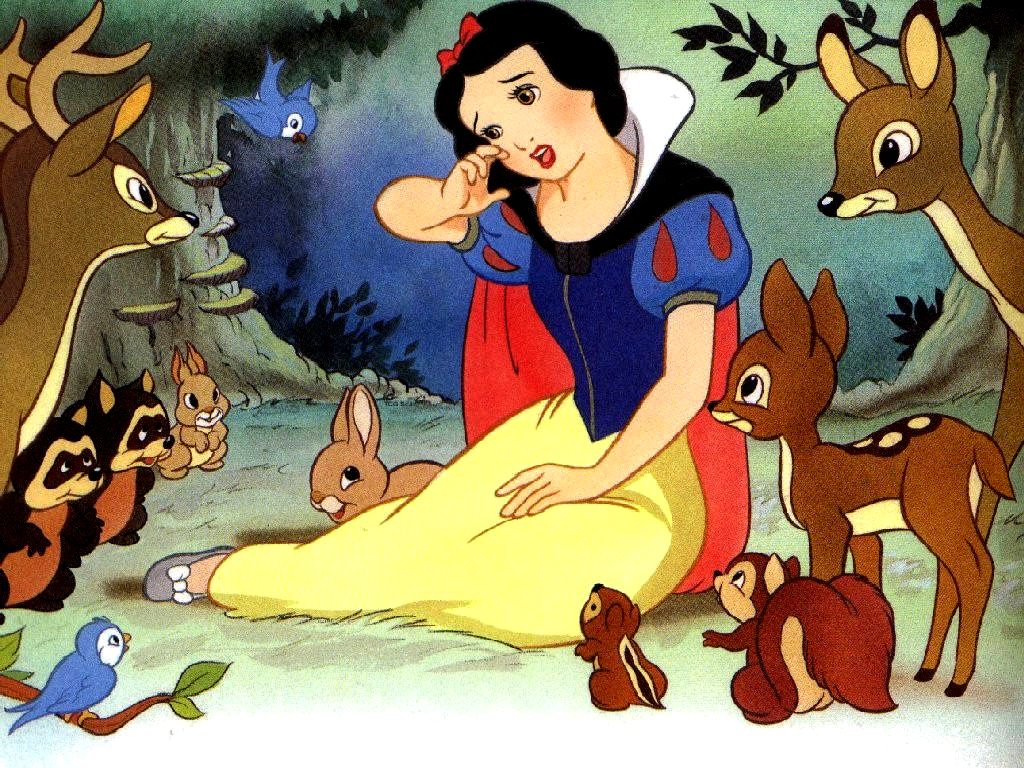I know my fair share of fairy tale stories thanks to Disney and the countless classics that grace my shelf at home. Cinderella meets her prince charming and lives happily ever after, or Snow White battles the evil queen with her seven dwarfs, ultimately falling in love and living happily ever after. Fairy tales have been around even before Disney took the world by storm with animation and musical classics. Like many folklore origins, fairy tales have been passed down through oral diffusion and reworked to appeal to certain audiences.
The classics that we know so well, Cinderella, Snow White and the Seven Dwarfs, The Little Mermaid, have created a belief in society that what happens in these stories, a beautiful girl going through turmoil and eventually finding love and happiness, is something that we all hope to be true in our lives. The classic films gave a hope for those who wanted something special to believe in, yet they also gave a falsification of reality that modern adaptations have felt compelled to expose.

Once Upon a Time, Shrek, Snow White and the Huntsman, all have reconstructed fairy tales and made the stories we’ve all held dear into modernist takes.
Once Upon a Time follows the story lines of almost every fairy tale character from the classics, and how they are connected to the curse that has fallen upon the main characters. The television show’s take on classic fairy tale stories is inventive and dramatic. The story may twist what exactly happened to each character, but it does so in hopes of finding a greater happiness for all characters.
Movies like Shrek and Snow White and the Huntsman can be considered nods to the classic stories as well. By reinventing the main characters and creating new ones, the stories give the genre something more than just magic and good to believe in. The movies give the fictional characters power, physically and mentally, that helps them fight the evil that will inevitably cross their paths.

These fairy tale adaptations have brought the power that the modern-age has developed when it comes to cinema. No longer is the sweet and innocent story line what captures audiences’ attentions, it has become about the mystery, the intrigue, and the idea of complete failure in order to reach that happily ever after. These adaptations don’t solely rule out the happy ending, but the turmoil that the fictional characters go through is more complex and more hard to overcome.
When you compare the classic tales of magic to the modernist tales of vengeance, you can see the difference decades have made on the idea of the good vs. evil. Movies and television are not wrong in giving such well loved stories new ideas and depth, but there is a clear understanding in what has changed about the beloved fairy tale story. Time. Times have changed and so have the ideologies of what makes a fictional story believable.


Leave a Reply
5 Comments on "Classic vs. Modern: Fairy Tales"
I loved this so much and it helped me write my first play!
errmmmm what the sigma
Hahaha ur so funny
thanbj, is this a seconbday soruce
I think that this is an interesting topic